Frankincense 101 - The 4 Primary Types of Frankincense and their Differences
Posted on February 12 2021,

Believe it or not, frankincense is one of the oldest commodities that dates back to around 6,000 years. In ancient times, Catholic priests would use frankincense within natural medicines, perfumes, and essential oils because of its purported health advantages. What else is interesting is frankincense was also mentioned in the Gospel of Matthew, being one of the three gifts to baby Jesus.
But why?
Though reading about the history may be intriguing on its own, truly understanding the types of frankincense is what will make this aromatic resin derived from the trees of the genus Boswellia that much more interesting. With that being said, below is a compressive overview of the four main types of frankincense, along with the two less notorious frankincense types that are found in essential oils.
Boswellia Carterii
First up is boswellia carterii. This particular type of frankincense grows in Somalia. Boswellia carterii is considered one of the top-quality types of frankincense on the market today. Sometimes Boswellia Carterii gets confused with Boswellia Sacra, but a 2012 study illuminated that boswellia sacra and boswellia carterii are two distinct species. This type is usually extracted by steam distillation, has 5-6% oil yielding, and anywhere from 30-60% of alpha-pinene. Studies have also indicated that boswellia carterii has the most widespread antibacterial activity as well.
Fun Fact: This species was discovered and named after an English surgeon, H.G. Carter, in 1846.
Boswellia Sacra
Boswellia sacra comes from the Arabian Peninsula and mainly from the Dhofar Valley located in Oman. This species produces the highest quality resin and is highly endangered because of overexploitation. Some of the trees are located in a UNESCO World Heritage Site and are protected by law.
All in all, boswellia sacra is harvested when the tree is about 8-10 years old by making small incisions in the tree trunk and collecting the drained resin after it coagulates when coming into contact with the air. It also contains the highest levels of alpha-pinene compared to the other types, meaning that boswellia sacra yields around 9-10% essential oil and has alpha-pinene levels of up to 80%. In coincidence, both carterii and sacra have rich, woodsy aromas, but boswellia sacra is slightly more pungent, and boswellia carterii is milder with a light citrus undertone.
Fun Fact: Boswellia trees take a 5 to 6-year reset after tapping or stripping to allow for full regeneration.
Boswellia Frereana
Growing in Somalia and often referred to as both 'Dihidin' and 'Maydi' by the locals, boswellia frereana is actually considered the "king of all frankincense". Due to the fact it grows at high elevations, Boswellia Frereana is one of the rarer Frankincense essential oil. Locals leverage its medical supporting abilities and use it to make a paste called 'malmal' to treat inflammation and arthritis. For this type, no boswellic acid is found in the compounds and comes from trees that rarely grow higher than 8m. Furthermore, unlike boswellia carterii that features a milky, yellow/brown colored gum-like resin, boswellia frereana comes from large golden colored tears, which is again called Maydi. As a final note here, boswellia frereana is composed of up to 67% alpha-pinene, about 60% octyl acetate, and has an essential oil yield of about 2%.
Fun Fact: This species of frankincense is best used for skin care and fighting against signs of aging.
Boswellia Serrata
The last main type of frankincense is boswellia serrata, which grows in India and yields higher levels of essential oil than its counterparts above. Mostly used in ayurvedic medicine and burned as incense, boswellia serrata extraction is a bit different. For example, once the tree incisions are made and tapped, the resin is stored explicitly in a special basket made from bamboo and stays there for about a month. During this waiting period, the fluid from the resin continuously flows out and causes the resin itself to harden, forming a tear shaped product at the end. Using a mallet, the product is then broken down, and the resin gets graded.
Fun Fact: Boswellia trees are typically stripped/tapped two or three times a year, with the second and third processes producing the finest quality of resin due to the higher sesquiterpene, terpene, and diterpene content.
What About the Less Notorious Frankincense Types?
Before listing the two primary, less notorious frankincense types, it is vital to acknowledge that each species has its own unique properties and different levels of terpene constituents, incensole, and diterpenes. Remember, they all come from the same Burseraceae family, but each has its own grading level that is determined by varying harvesting factors. These said variations are what allow each to become their own species and hold diverse health and wellness advantages, including the notorious types.
Boswellia Papyrifera
Boswellia papyrifera is the frankincense that grows in Sudan, Eritrea, and Ethiopia and is sometimes referred to as Sudanese frankincense. This type of frankincense produces a very transparent, oily resin and comes from trees that have paper-thin bark and are found on both steep, rocky slopes and in river valleys. Overall, boswellia papyrifera has strong fruit and orange overtones, contains about 5-10% alpha-pinene and 60-70% octyl acetate, and is often used for its anti-inflammatory and mood boosting properties. In conjunction with this, boswellia papyrifera has also been said to have neuroprotective properties, which studies have showcased can enhance the structural formation of new nerve networks. In short, boswellia papyrifera can help promote better cognitive abilities and help improve memory.
Boswellia Neglecta
The other one is called boswellia neglecta, which is a rarer type of frankincense found in Kenya, Somalia, Ethiopia, Tanzania, and Uganda. The reason why this type is so different than the rest of the frankincense types is because the resin is black. During extraction, the resin begins to ooze out of the tree and then dries to black as it rolls down the tree. The tree itself then self-seals its incision spot by drying the resin on the cut itself. The aroma of boswellia neglecta is darker and more masculine, but the scent it emits as an essential oil is more of a warming balsamic vanilla, which is why this type is used to promote gentle breathing. Not to mention that it is also a respected analgesic, antioxidant, tonic, sedative, antiseptic, and carminative resource as well. As for the major compounds, boswellia neglecta generally contains 15-20% alpha-pine, holds about 12% terpinen-4-ol, and tends to have an essential oil yield ranging between 3-5%.
Conclusion - The Multi-Purposed Natural Healer
In the end, all frankincense species, even several ones not listed, come from the same plant family. However, what makes each type of frankincense unique is the diverse chemical compositions based on the geographic location, age of the tree, and the time of harvesting. This variation is what surfaces different types that are used in natural medicines, perfumes, and essential oils today, much like how it was used 6,000 years ago.
Written by Amber Dean
The different types of Chamomile essential oils and their benefits
“Though the chamomile, the more it is trodden on, the faster it grows, so youth, the more it is wasted, the sooner it wears.” -William Shakespeare, Henry IV. The...
Read More7 Benefits and Uses of Monarda Essential Oil
Introduction Monarda (Monarda fistulosa) essential oil is a steam distilled, colorless oil widely cultivated in the United States, Cananda and France. Besides being referred to as Monarda you may also...
Read More7 Superb Benefits and Uses of Wild Verbena Essential Oil
Holding exceptional medical properties, including soothing skin irritation and rectifying diverse congestion challenges, Wild Verbena essential oil is a native South African resource that features unparalleled health advantages. Wild Verbena...
Read MoreThe different types of Lavender Essential Oils and Their Benefits
Lavender is one of the most well-known and well-loved essential oils out there, and for good reason. Lavender essential oil has a multitude of applications and is helpful for the...
Read More

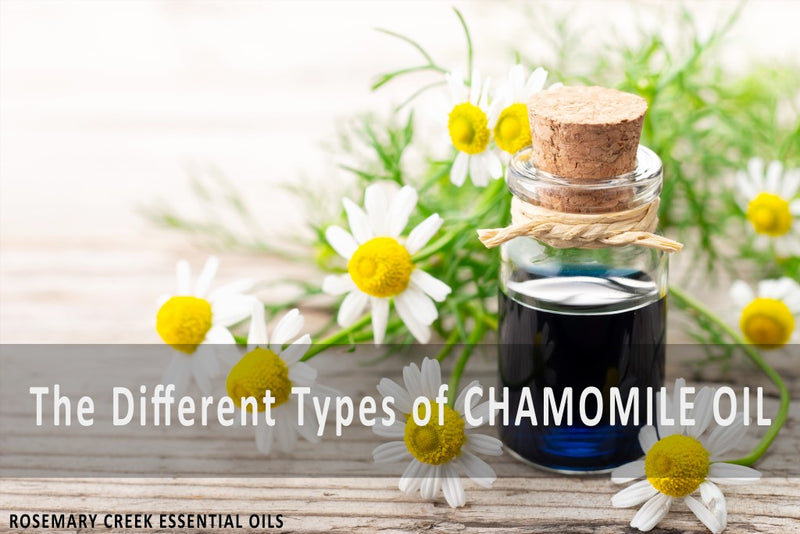

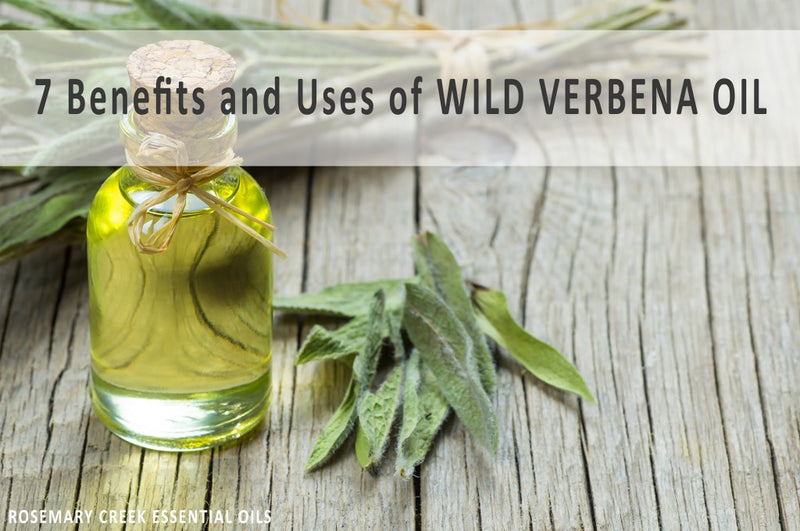
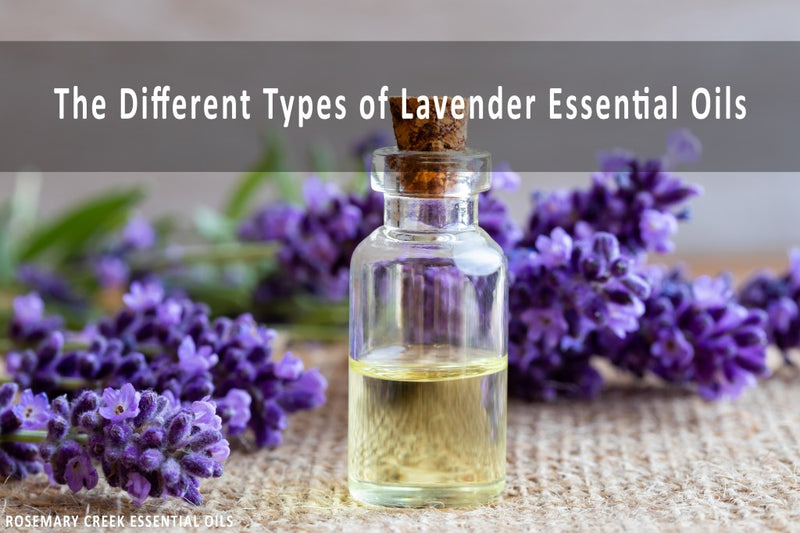
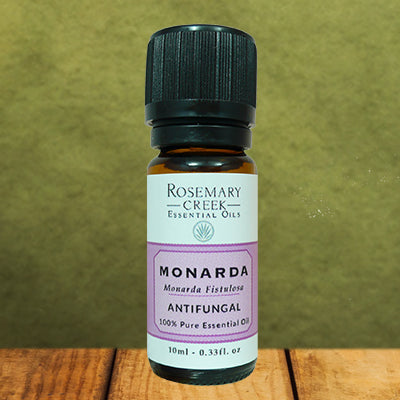
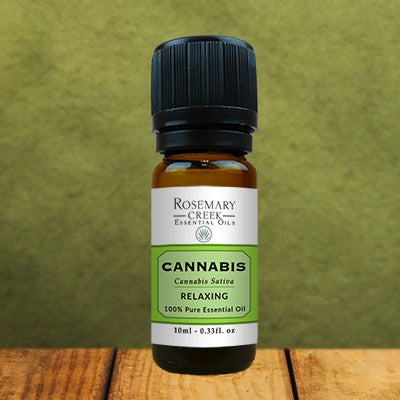
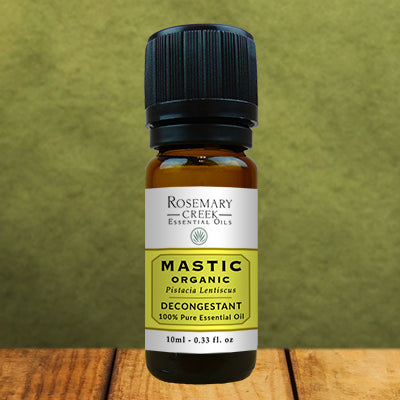

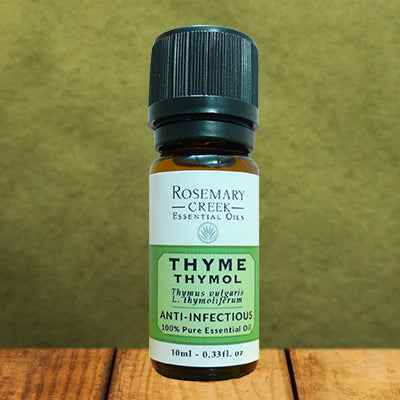
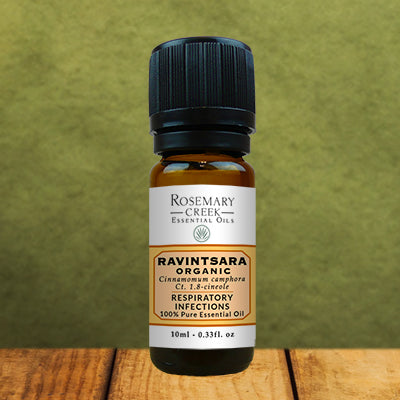
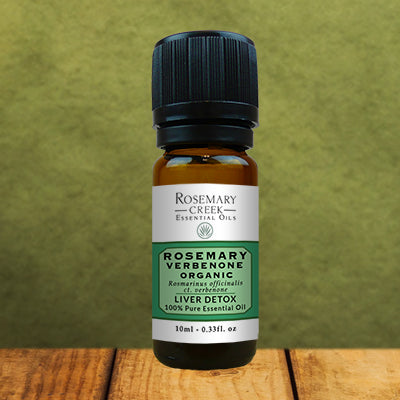
0 comments